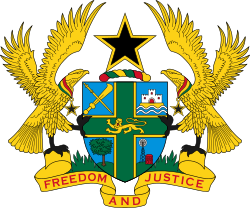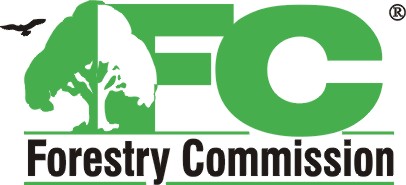Contribution to SDG's
Goal 13: Climate Action
Goal 2: Zero Hunger
Goal 15: Life on Land
Goal 16: Peace, Justice and Strong Institutions
Goal 5: Gender Equality
Demonstrate conservation and development benefits in 4 targeted countries in Tanzania, Uganda, Ghana and DRC through better use of Protected Area categories V and VI (or other appropriate area based conservation mechanisms), supported by alignment of national and sub-national policies, and landscape level actions.
Category V: Emphasizes values from long-term interactions of people and nature in modified conditions; more intensive uses (typically agriculture, forestry, tourism).
Category VI: Emphasizes on protection and sustainable use of natural ecosystems, where conservation and sustainable use can be mutually beneficial (typically hunting, grazing, management of natural resources); comparatively more “natural” than V.
Output 1: Improved national and sub-national understanding, consensus and ownership of enhanced landscape governance frameworks.
Output 3: Enhanced landscape-level governance frame- works identified with defined structures, mandates and rights holder/stakeholder roles and responsibilities.
Output 3: Enhanced landscape-level governance frameworks and actions identified and where possible, tested and reviewed.
Output 4: Relevant landscape, sub-national and national-level decision-making and policy.
Goal 13: Climate Action
Goal 2: Zero Hunger
Goal 15: Life on Land
Goal 16: Peace, Justice and Strong Institutions
Goal 5: Gender Equality
(1) To enable sustainable land use strategies and climate change adaptation: By focusing on the development of local sustainable land-use strategies, as part of NBSAPs, and promoting landscape restoration and reducing deforestation activities, the project will deliver conservation and use economic models that directly contribute to the achievement of Aichi Targets 7 and 11. This project also contributes to the integration of biodiversity into sectoral policies and political planning processes (cf. Aichi Target 2), and creating positive economic incentives for the conservation of biodiversity (Aichi Target 3).
(2) Climate change mitigation: The four proposed countries have advanced REDD+ and other Climate Change Mitigation Programmes (ERPs or ERPINs). The project will help advance early actions that reconcile and optimize land-use decision-making to stabilize reduced deforestation, enhance carbon stocks through the restoration of ecosystem functionality and promote enhanced and sustainable management of current low-carbon land-use strategies. The precise amount of carbon sequestered by this project will vary by location.



